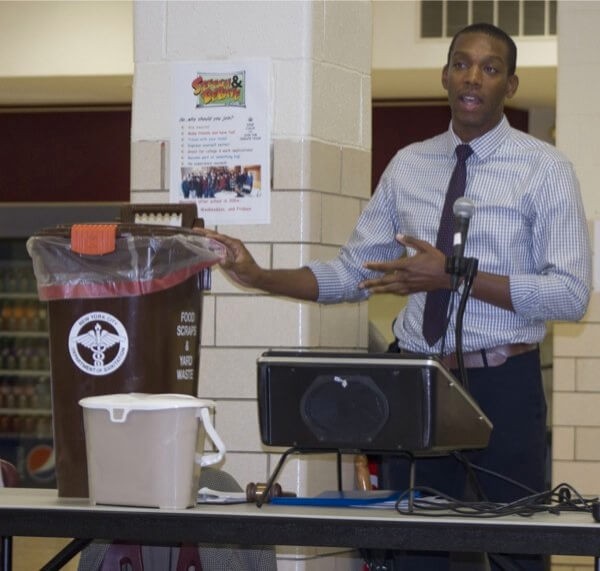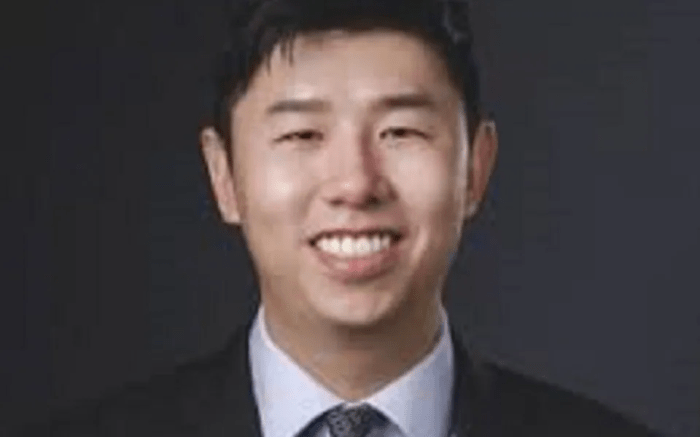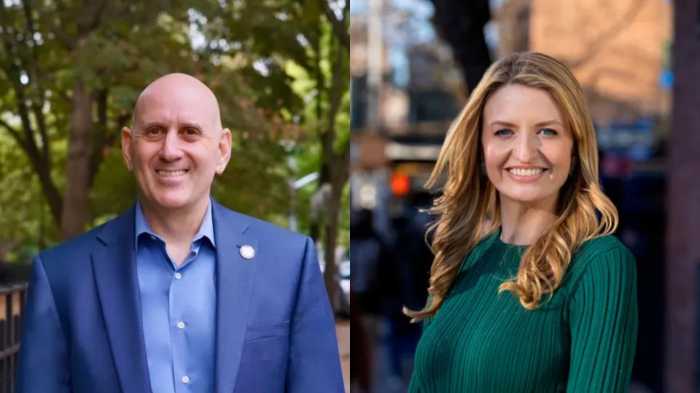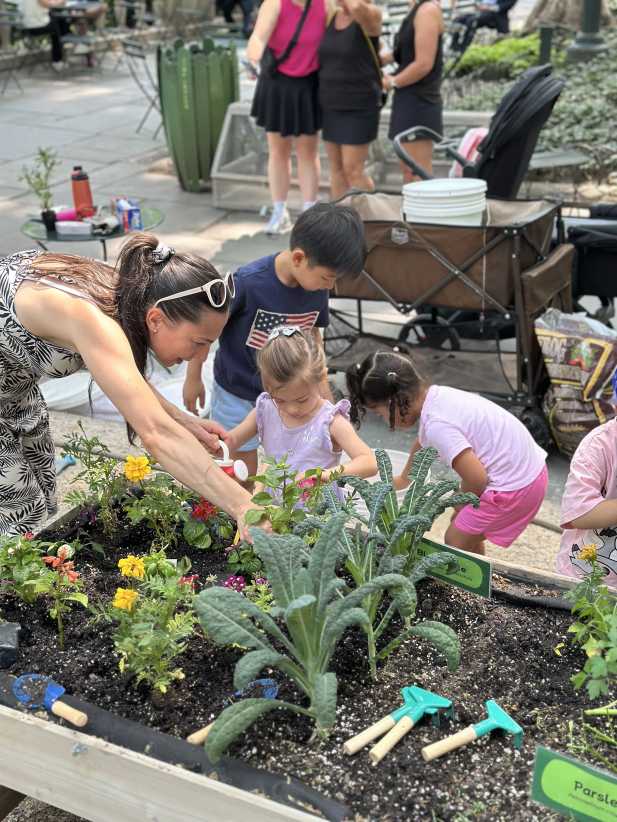By Naeisha Rose
Free brown bins with latches will be rolling out to Ridgewood as part of the city’s zero waste programs to keep organics, which emit greenhouse gases, out of landfills by 2030.
The program is spearheaded by Kathryn Garcia, who created the compost diversion reuse initiative in 2013, before becoming the new commissioner of the city Department of Sanitation in 2014. The goal is to help the city lower its carbon footprint while turning compost into reusable soil and energy.
“Starting Oct. 17 we’ll be delivering bins to the neighborhood,” said Andrew Hoyles, a program manager for DSNY’s Organics, Recycling and Sustainability branch. “It will take us about two weeks to complete the delivery. We will be collecting organic starting the week of Oct. 30.”
Queens neighborhood that have already participated in the program like Maspeth, Middle Village and Glendale will be seeing an expansion in pickup dates for organic waste.
Hoyle said those communities will have two collections per week on their trash day beginning Oct. 30.
The organics that should go into brown bins are food scraps, yard waste, paper (napkins and paper plates) and small twigs. To further help with the process of going green, compostable bags that line the bins are suggested. Other options include a lawn bag, or simply keeping organic waste inside clear bags and then dumping them into the brown bin.
The brown bins initiative is a volunteer program, which is a part of the city’s budget, said Belinda Mager, a spokeswoman for DSNY.
The bins will be delivered to single-family homes and residential buildings that consist of nine units or less in organic districts. Large buildings with 10 or more units and stores on commercial strips can request brown bins through the www.nyc.gov/
High-rise buildings that have more than 10 units can enroll for free hour-long training.
The organics waste collection is in dual bin trucks. One bin will pick up typical refuge stream and the other will collect for organics stream at the same time.
“These are rodent-proof bins, so that cleans up the neighborhoods as well,” Hoyles said. “You can turn organic material into energy through anaerobic digestion. You will be creating gas…and you can basically do whatever you want with that gas and burn it. You can turn a turbine by burning it. You can use it for heat energy as well. That aspect of the program helps us to reduce our use of fossil fuels.”
Lee Rottenberg from Middle Village, who started using the program a few years ago, is a big booster.
“I’ve been a big advocate of it even though my wife hates it,” he said. “I like it for a number of reasons. I like helping the environment. When you bring out garbage bags, the birds, the cats and the other animals all rip out the bag and make a mess if there is food inside. With the latched bins they won’t mess up the bag.”
The program will expand to Community Board 11 by Nov. 7 for the neighborhoods of Bayside, Douglaston and Little Neck, among others, Hoyles said. By 2018 it should be citywide.




































